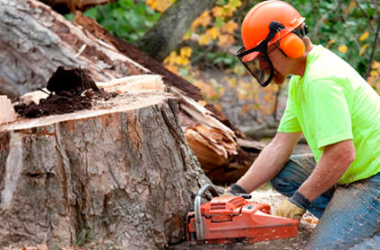The method of removing the top wooden surfaces with the help of sandpaper or other aggressive materials is known as Floor sanding. This process can be done on several flooring materials including particleboard, wood, parquet, and cork. Some companies use machines to sand out the surfaces however others prefer doing this using sandpapers. floor sanding involves many steps including grinding, buffering, polishing, and finally coating. It is the most appealing and attractive method for houses with wooden floors..
Wondering to know more about floor sanding? Continue reading.
Why Floor Sanding Is So Important?
Floor sanding is an essential process to finish hardwood floors. The previous coating is removed in this process and then the wood is sanded and smoothened. As a result, the floor will be stained or sealed with a natural finish and then the new coating is applied for a better look.
Advantages Of Floor Sanding
Now that you know what floor sanding exactly is, it’s time to share its amazing benefits with you.
- Floor sanding is considered the most efficient and effective method to remove worn-out finishes, preparing the floors for refinishing.
- It is the best method to rehabilitate damaged floors such as those with physical damage or deep scratches and dents.
- The process can renew the original color of the hardwood floors that have been damaged due to different factors such as UV exposure. So, we can say that floor sanding is one of the best ways to modify the floor’s color. The wood was then colored with different colors using protective finishes.
- It makes the old floor looks luxurious and expensive and increases your home’s resale value.
Disadvantages Of Floor Sanding
As there are several advantages of the floor sanding technique, there are a few downsides, too.
- One of the biggest downsides of the floor sanding method is that it creates so much dust which can be extremely difficult to manage. Moreover, it also creates a mess of broken wood pieces.
- It can be harmful to allergy sufferers as the overall process ultimately results in indoor pollution. Therefore, it should be avoided in houses where residents have severe health issues or respiratory problems.
- Some wooden floors cannot be sanded adequately because of their different composition for example multi-sanded floors.
- Another drawback of floor sanding is that the overall process takes much time to complete. It may take 5 to 10 days, with an additional couple of days for the finish to cure. So, you may need to leave your house until the entire process has finished.
- As floor sanding removes a large amount of actual wood, the overall pricing can be reduced.
- If the process is done several times, it can badly affect the wood’s quality.
- The floor sanding process can be too costly if your previous hardwood floor is too old or dull.
So, this is all about the floor sanding technique. Even though it has several pros and cons, the advantages of this method significantly outweigh the disadvantages. So, if you are planning to revitalize your old and dull hardwood floors, floor sanding is the way to go for!







